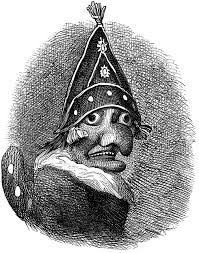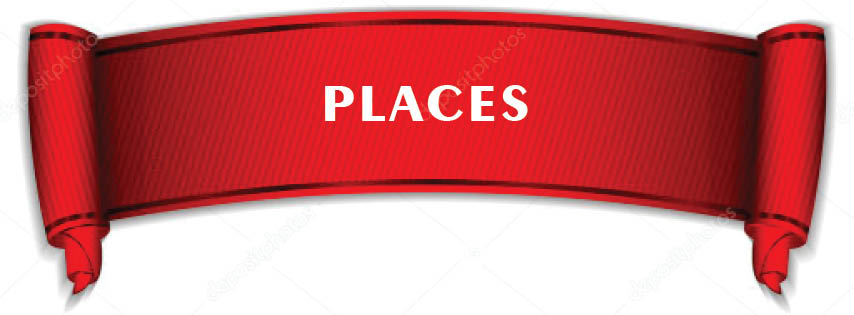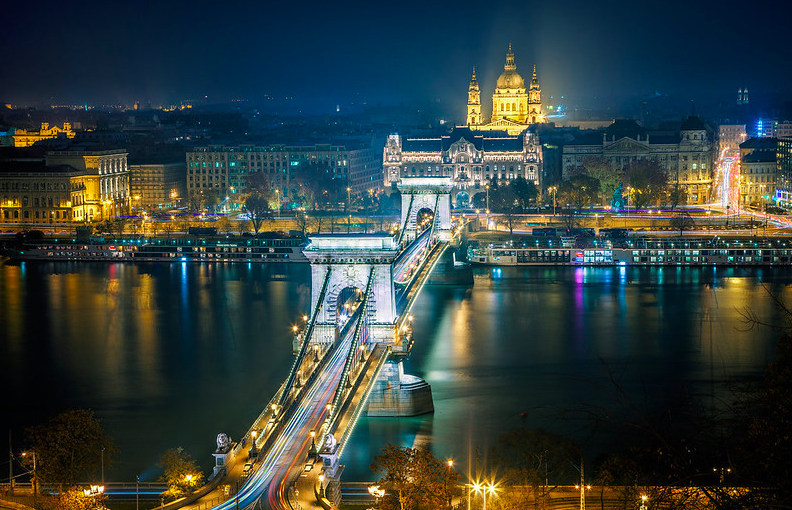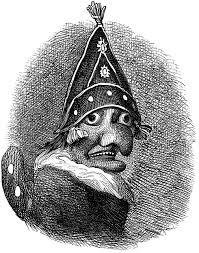Sunday Morning / September 11, 2011
How does one capture the tale of two cities that crescendo in modern Buda and Pest? Historically seized and carved up by the Turks, Austria, Nazi Germany and the USSR, all are now gone but for the native Hungarian: who're left to organize their occupier’s retreat, redeem their inalienable rights, connect their two magnificent cities, and to rebuild from the rubble this unique and incredible Republic of Hungary.
When the London-based Gresham Life Assurance Company came to Budapest in 1904, their intention wasn’t altogether inconsistent from these interlopers of yesteryear. In fact, they wanted to corner the annuities market, control a portion of the economy, and do so from a unique and unquestioned position of power. So when they called upon a local architect to create their presence in town, Zsigmond Quittner decided that location was everything. Perched right upon the bank of the River Danube, Gresham Palace was completed in 1906 to face off against Buda Castle on the opposite side; where the two palaces symbolically sparred for the nation's interests throughout the 20th century.
The American Conservative Union (ACU) held their Conservative Political Action Conference (CPAC) in Budapest last month. It was the first time an American political organization — advancing conservative American policies — campaigned on the continent.
The ACU has been looking for ways to bring CPAC to Europe and the conviction grew that Hungary, as one of the engines of Conservative resistance to the woke revolution, was the natural place for it.
Conservative US senators and congressmen poured into the convention last month to anoint their future leaders and Prime Minister Viktor Orbán of Hungary, a true champion of the right, delivered the keynote address. But can CPAC Hungary or the ACU save Western civilization?
Moreover, does Hungary's 1000 year history offer a glimpse into America’s future? They’ve built a militarized fence along their southern border, expel almost all asylum seekers, and recently passed a law banning sex education involving LGBT topics in schools. Democratic backsliding, competitive authoritarianism, or a zeitgeist against woke totalitarianism in the cause of liberty?
Prime Minister Viktor Orbán joins a millennium of kings and queens on the rough seas of Hungarian history with a message for America.Shoes on the Danube
The Danube, Europe’s second longest river, is classified as an international waterway: originating in the Black Forest in Germany and passing some 1771 miles through four central and eastern European capitals before emptying into Russia’s Black Sea.
Known to history as one of the long-standing frontiers of the Roman Empire, this river flows through and defines the borders of 10 European countries. It was the principle source of trade and tourism throughout the ancient world and many have tried to stake their claim in what King Stephen described as "Hungary’s national treasures."
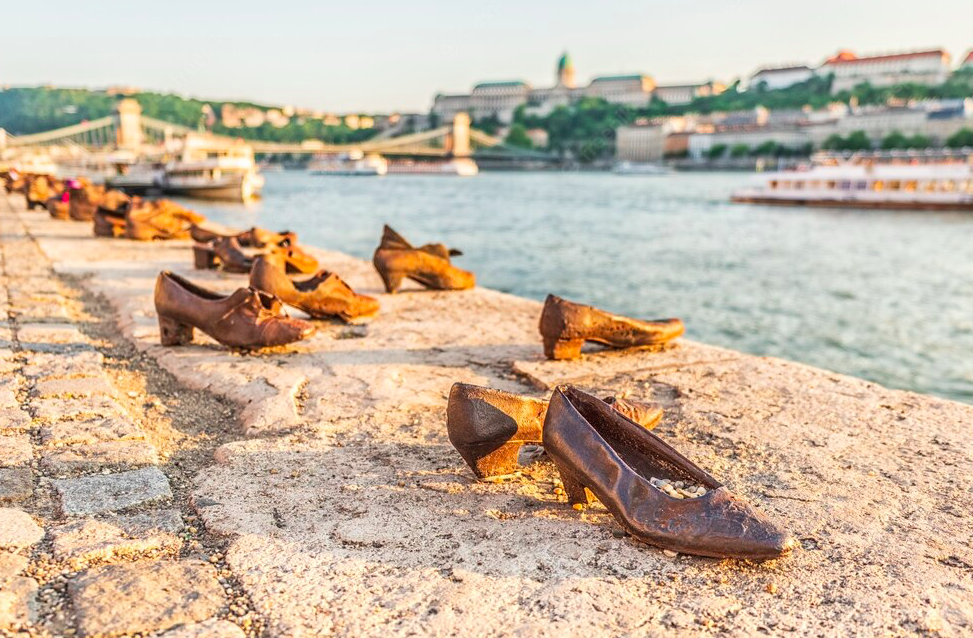
Shoes on the Danube, Buda Castle (background)
The Kingdom of Hungary, in fact, endured for nearly a century in tact before the Allied Forces redefined her borders in the Treaty of Trianon. Her geography was reduced from the size of California to South Carolina with the stroke of a pen, and the atrocities of Nazi Germany and Soviet occupation later subordinated this middle power in the West into a tiny, land-locked vassal state behind the Iron Curtain. It’s true, 3,500 pairs of shoes remain on the banks of the Danube River, a reminder of how fascism can eradicate life and liberty. Yet this story and these people survive through a language of tradition; passing their national identity and ethos from one generation to the next.
One World, Many Cultures
We began at the Four Seasons Gresham Palace with a Palinka; quietly wondering how a medicinal drink becomes a signature cocktail? “Da'ling,” our tour guide oozes on the vowels. “Food in our culture is something holy."
"Ah, tradition," we say, scribbling down the trend. She waits for our eyes to return to the conversation. "Customs, dear, have little to do with calories, nutrients or gimmicks. They're a social contract, a convention of character, they're our unwritten laws."
Together, we pushed into the night; where the demarcation lines between tourist spots and the local’s scene is pretty impossible to define. Veal Paprika (a Hungarian innovation of finely ground red pepper) may seem like a novelty but is a staple in sidewalk cafes, posh restaurants, and every traditional home of Budapest. Each and every course is impeccably paired with a glass from one of the nation’s 22 indigenous wine regions: where modern grapes together with classic varieties crescendo in the extraordinary and time-honored tradition of Hungarian wines.
While Rome takes credit for introducing vines to the region, it was the climate, variation of soils, occupier's influences and the River Danube that enabled Hungary to produce and perfect wines along the Medieval timeline. Even Attila the Hun, the most powerful leader of the Hunnic Empire, preferred Hungarian wine and for this reason. Their 400 million bottles send a message to the world’s most discerning palates that great discoveries and improvements invariably involve the cooperation of many minds.
Strolling the Andrassy Avenue in May is like walking Park Avenue in Spring. Except, of course, that this grand boulevard is recognized as a world heritage site. Grand Victorian era apartments of pale cream-colored stone seem piped together by the city’s Gerbeaud Confectioner with the Hungarian Royal Opera House at its center. She opened her doors in 1884 with a telling debut for the time, The Queen of Sheba.
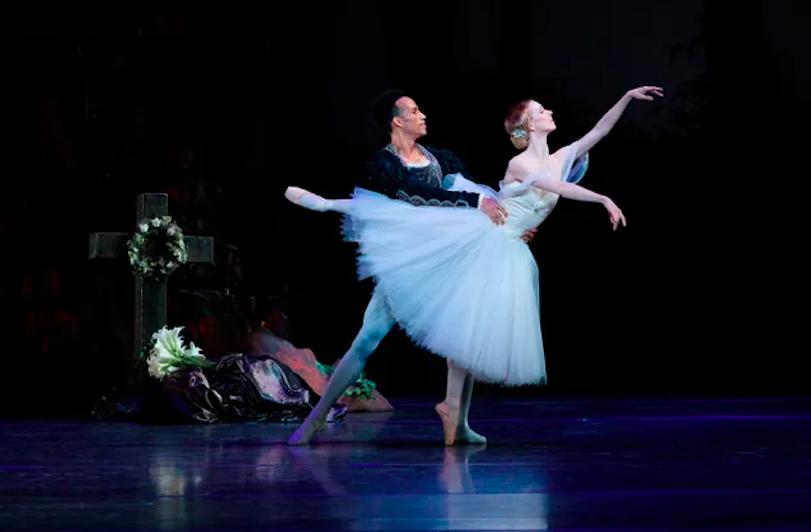
Giselle
A century on, Hungary's national conversation evolves in Giselle: a ballet in 2 acts that appears to tell the story of a peasant girl whose ghost, after her pre-mature death, returns to protect her lover from the vengeance of a group of evil female spirits known as the Wilis.
Set in the Rhineland during the Middle Ages, it was the Russian Imperial Ballet who revived the ballet from dormancy by choreographing Giselle into the single most technically difficult ballet in the world. Moreover, this masquerade of identity and naiveté crescendo into a playground where pointe work and pirouettes examine Victor Hugo's poem, Les Orientales.
The Greek War of Independence is celebrated in Giselle's transcendent pas de deux; where fouette, grand jete and adage culminate en pointe for 6 full minutes of repose, a gravity defying spectacle.
These moments and this story climax not only into a 16-minute standing ovation, but into the stark realization that we'd been carried away from the splendor of the Hungarian Opera House to a simple cottage in the Rhineland. Turning our back on the darkened stage now strewn with flower bouquets, we somehow knew something more of the foil between liberty and freedom in the medieval, if not the modern world.
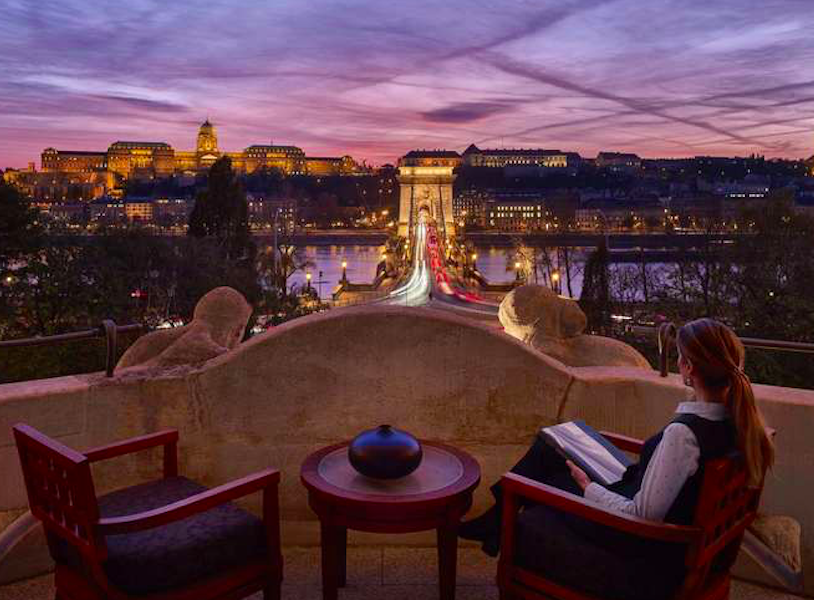
Chain Bridge, Buda Castle via Four Seasons
In "The Invisible Bridge: The Fall of Nixon and the Rise of Reagan," author Rick Perlstein observes, "my big subject as a historian is to examine how Americans divide themselves?"
But our walk back through the Jewish Quarter, over the Chain Bridge, through Hero’s Square and home to the Four Season’s Gresham Palace took us full circle in a week that allowed us not only to peek behind the Iron Curtain, but to see for ourselves how a nation's borders are inseparable from its customs, tradition and stories.
Originally comprised of office space, upscale apartments, and finally army barracks for Soviet soldiers, Isadore Sharp — the son of Jewish immigrants and founder of the Four Seasons Hotels and Resorts — ultimately saved the palace by overseeing that its illustrious past be endowed not by its darkest hour, but by a simple golden rule to keep the Buda and Pest of every society in his worldview.


